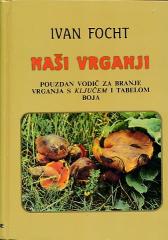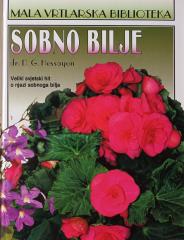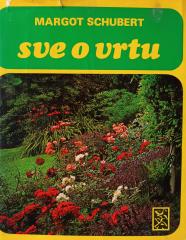
Gljive Jugoslavije
A practical guide to identifying mushrooms, aimed at enriching the diet and preventing poisoning. Focht, a philosopher and mycologist, describes the 250 most widespread edible and all poisonous mushrooms in Yugoslavia, their distribution and specificities
The book, with 307 pages and 144 pages of illustrations, combines scientific precision with accessibility. Focht emphasizes the importance of detailed descriptions, as mushrooms vary in appearance, and superficial descriptions can lead to confusion. Each species is accompanied by characteristics of the genus and species, with a warning not to rely solely on the pictures.
Special attention is paid to tasty and mass-produced species, such as the field champignon (Agaricus campester), more common in Serbia, Bosnia and Herzegovina and Montenegro, or the ruderal morel (Morchella costata), typical of other regions. The bush champignon (Clitocybe tabescens) stands out in Croatia, while the elm bolete (Pleurotus cornucopiae) is characteristic of Serbia.
The book avoids rare species, focusing on those available to a wider audience, with a note on regional differences in abundance. Focht's poetic introduction reveals his love of nature, while practical advice makes the work useful for mushroom pickers. Mushrooms of Yugoslavia remains a classic mycological work, appreciated for its meticulousness and educational value.
One copy is available
- Slight damage to the cover





